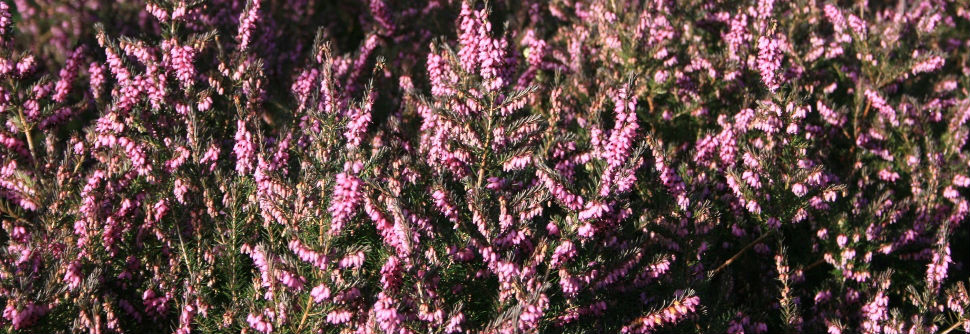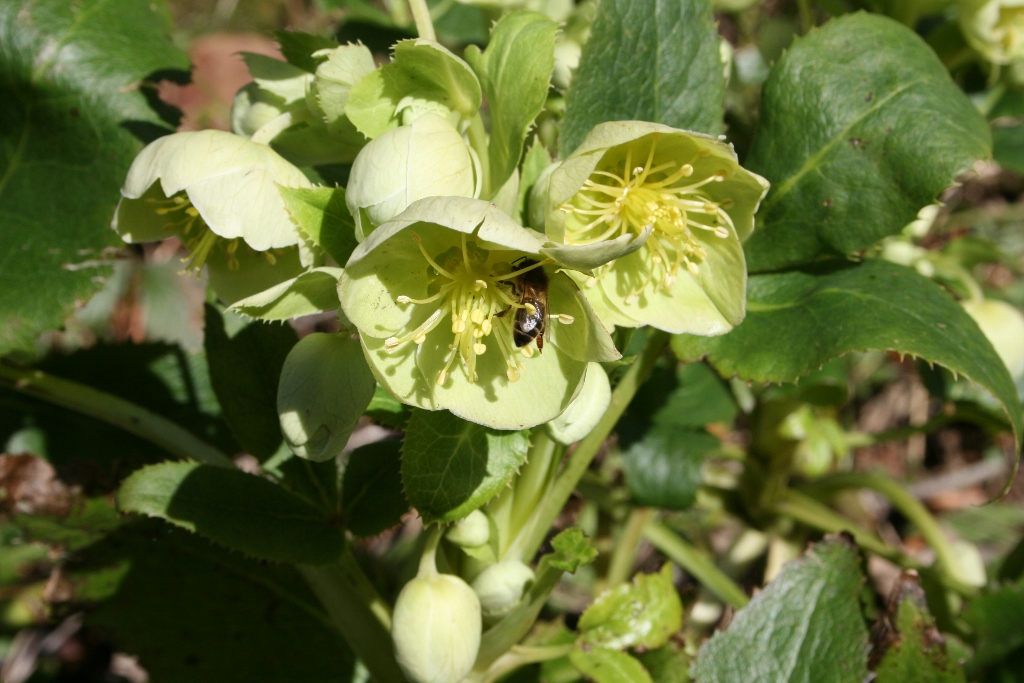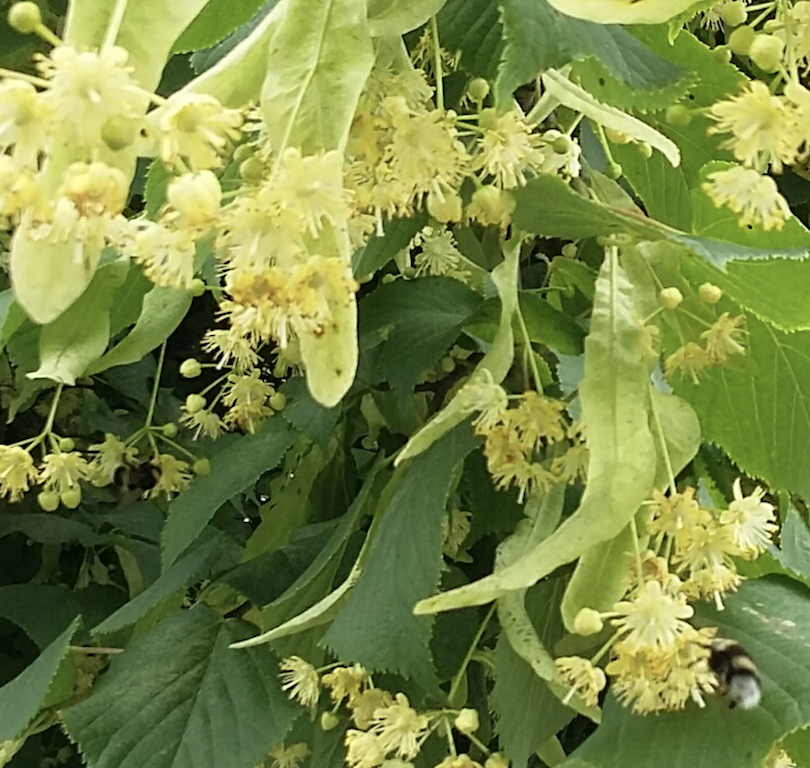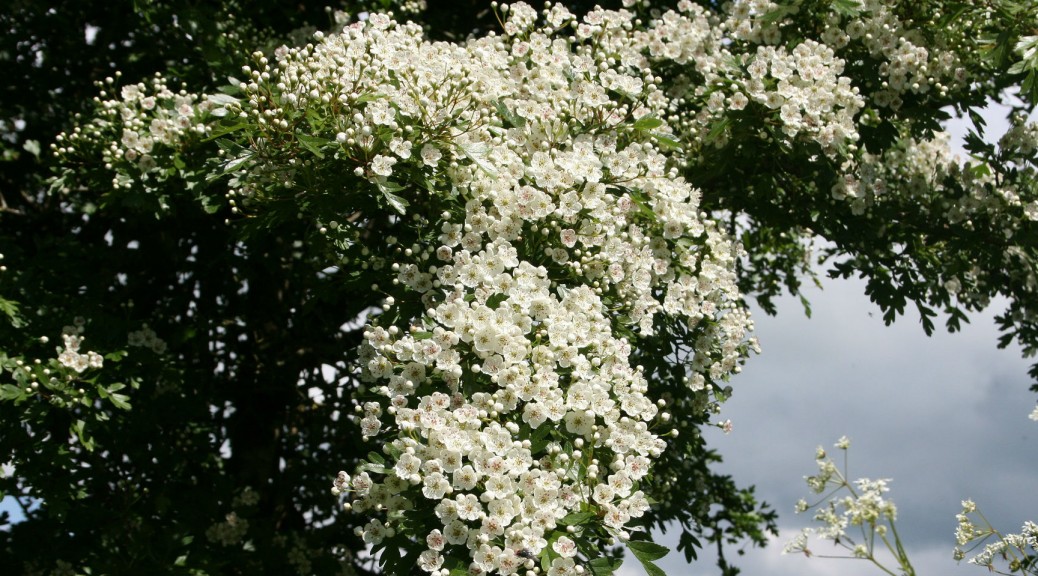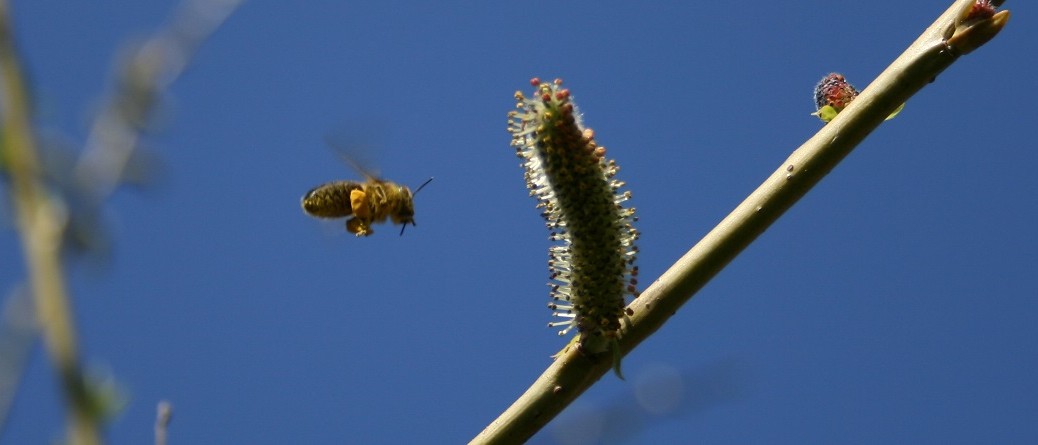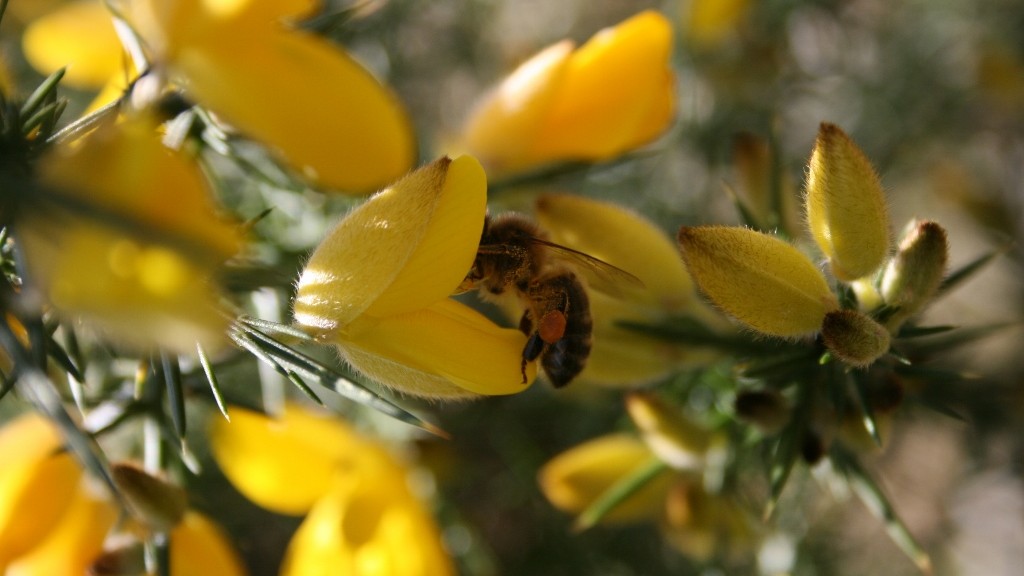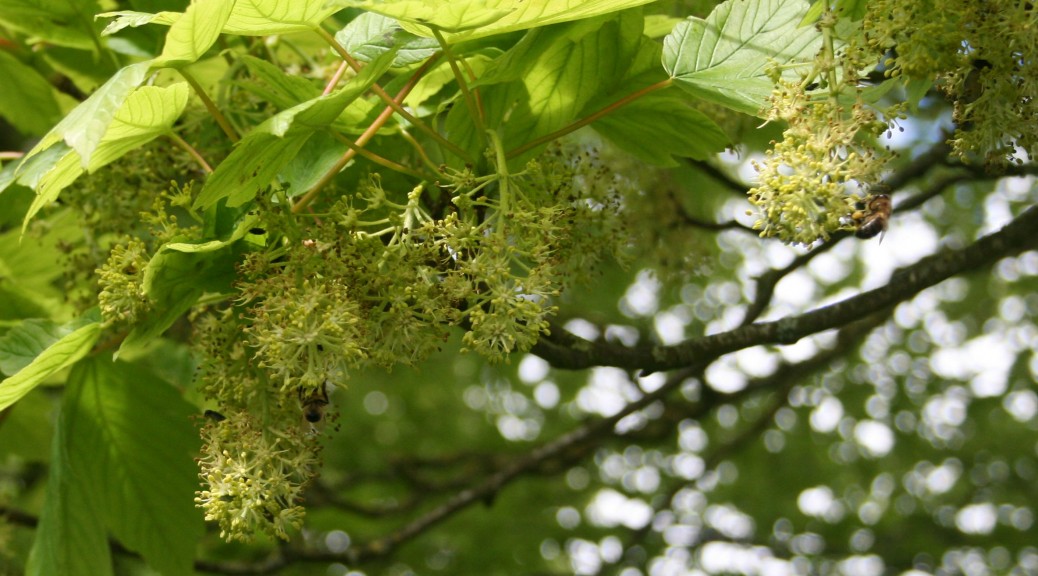The garden heathers are in bloom now and the bees are all over them whenever the weather allows. These are not to be confused with the Ling heather (Calluna vulgaris) we see on the hills in the late summer – they are all Erica species, mostly varieties of Erica carnea or E.cinerea. Erica specialists please correct me here. Continue reading Garden Heathers
Category Archives: Forage
Bees on the Hellebore
Bee Trees – Lime (Tilia spp)
On a filthy February day like this, when the rain keeps coming down and you’re harbouring a horrible virus, spring seems a long way away. Summer even further, so lets pretend it’s July, the sun is slanting through the trees and the bees are spiralling out of their hives like little golden bullets – the limes are in bloom, there is work to do and the tree tops are buzzing…
Bee Trees – Horse Chestnut (Aesculus hippocastanum)
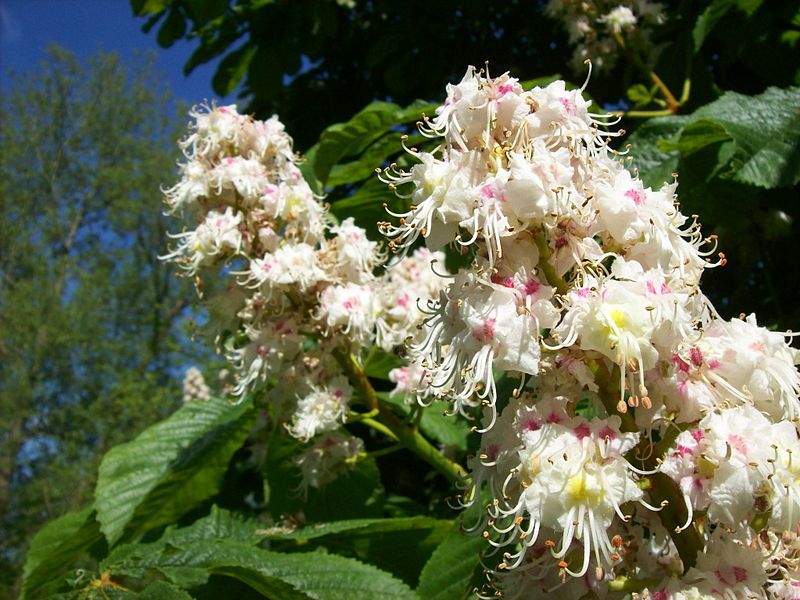
The scientific name for Horse Chestnut is Aesculus hippocastanum but that’s a bit of a mouthful for the familiar conker tree. The common name came about for several reasons:
- The seeds or ‘conkers’ and the spikey seed pods are similar in appearance to those of the sweet chestnut (Castanea sativa). It should be noted that unlike chestnuts, conkers are not for human consumption;
- When the leaves fall in autumn the twigs bear a horseshoe-shaped scar including marks like nail holes where the tiny vessels in the leaf stem part company;
- At one time horse chestnuts were ground and fed to horses as a stimulant and to make their coats shine. The Turks used to believe conker-meal could cure broken-winded horses.
The Latin name Aesculus comes from a word that was originally applied to a type of oak but when Linnaeus the botanist drew up his original classification of species he gave it instead to the horse chestnut. ‘Hippo’ is Greek for horse, which also explains hippopotamus – meaning ‘river horse’. Meanwhile ‘kastanos‘ means chestnut. Continue reading Bee Trees – Horse Chestnut (Aesculus hippocastanum)
Bee Trees – Hawthorn (Crataegus monogyna)
The scientific name of the hawthorn is Crataegus monogyna, Crataegus comes from a Greek word meaning ‘strong’ while monogyna means ‘one ovary’ and the resulting single stone in the fruits, or haws, is a distinguishing feature. The hawthorn has many other names including Sceach Gheal, Whitethorn or Quickthorn and May, Maybush or Mayblossom. Continue reading Bee Trees – Hawthorn (Crataegus monogyna)
Bee Trees – Willow (Salix spp)
Willows (Salix spp.) bloom early in the year – February or March – and are very important and popular with the bees which can be seen thudding onto the landing board bearing very large loads of powder-yellow pollen. In an exceptionally warm spring the bees may even bring in a small crop of honey but this is very rare.
They are a complex group of many species ranging from ground hugging mountain shrubs, to graceful riverside trees. Despite their diversity of form and habitat, willows are often to be found in wet, boggy places or close to water. Continue reading Bee Trees – Willow (Salix spp)
Blooming Gorse
The gorse is in bloom early this year, although what is it they say – ‘When gorse is out of bloom, kissing is out of fashion’ – is that it?
Look out for orange/brown pollen loads – along with the brighter orange from the snowdrops.
In fact, when the weather does warm up and the bees are active and bringing in that brown pollen it is worth going out to watch them working the gorse because the flower is specially designed to make best use of the bees for pollination. Enjoy the strong coconut scent of the flowers while you’re at it. Continue reading Blooming Gorse
Bee Trees – Sycamore (Acer pseudoplatanus)
The sycamore is a valuable tree for both bees and beekeepers. Flowering quite early in the season, late April / early May it provides copious quantities of nectar and pollen whenever the weather is good enough to allow the bees to fly. The flowers hang downwards beneath the canopy where they are protected from the rain. Sycamore honey is pale gold with a greenish tinge and pollen loads are a greenish grey. Click photo below for a close-up.
Or click here for more pollen load photos
Click here for seasonal Forage Guide
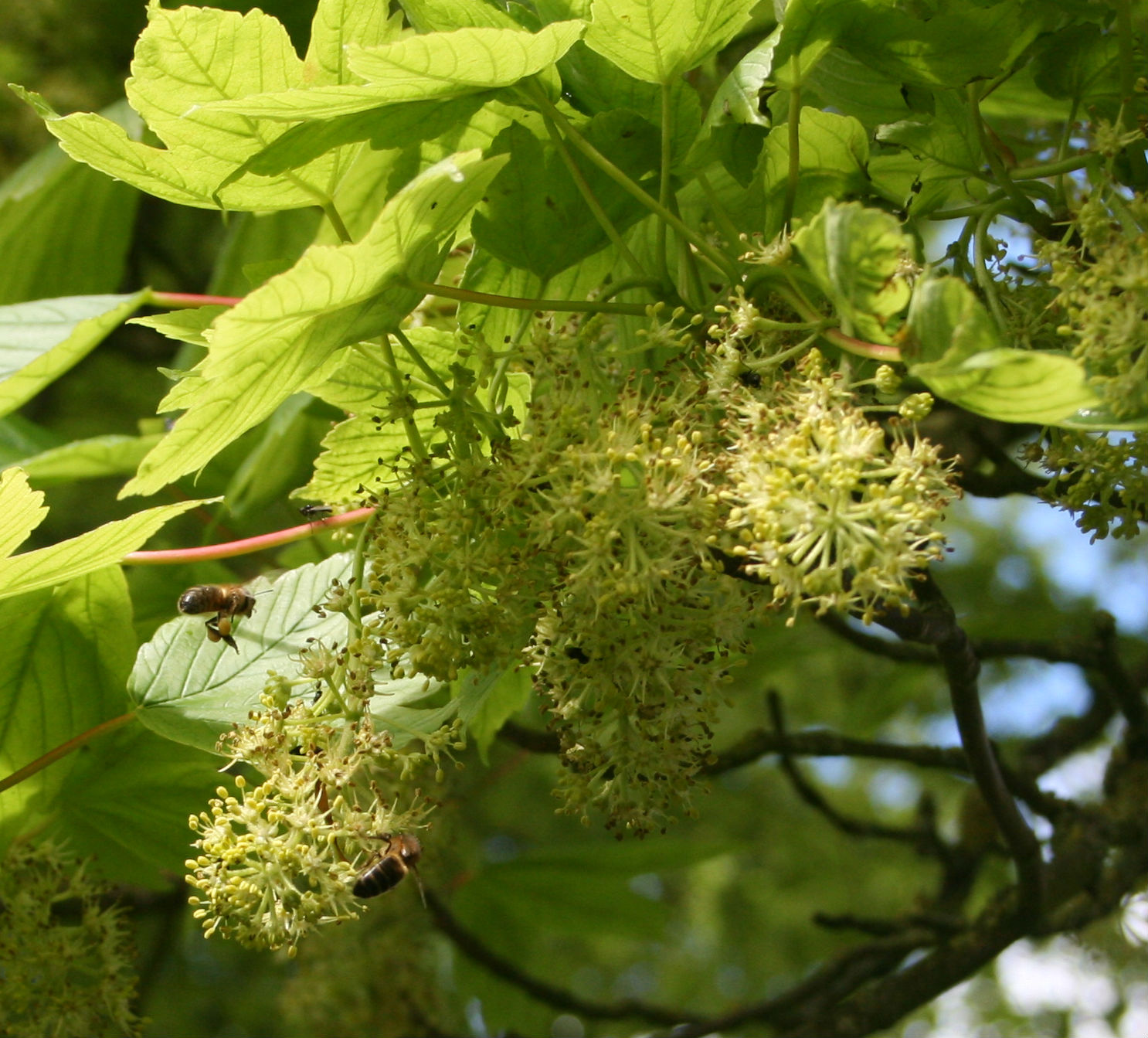
Otherwise, its rude health, profligate rate of reproduction and non-native status mean the sycamore tends to be scorned as a weed tree species and ecological disaster area. Continue reading Bee Trees – Sycamore (Acer pseudoplatanus)
Pollination
Any warm sunny days in spring the bees will be working the snowdrops so watch out for orange/brown pollen loads – see photo above.
For the bees, this fresh pollen and perhaps a little nectar heralds the beginning of a new year and may help nudge the queen into lay.
From the point of view of the snowdrops – the bees are welcome pollinators. Pollination is the transfer of pollen from the male parts of one flower to the female parts or another flower. Wind pollination is where male flowers or catkins of a plant, hazel for example, release massive amounts of pollen into the air where it is carried on the wind to the female flowers. Insect pollination is where the same job is carried out by an insect. To attract insects, the flowers of such plants often exude nectar.
That’s the bare bones of it and that might be enough. For the nitty gritty though – read on… Continue reading Pollination
Bee Flora
Here is a table showing the flowering periods and pollen load colours of some of the more important plants – click it for the bigger picture. Mahonia, snowdrops and hazel are important as early sources of fresh pollen, as is willow. However, in an exceptional spring there could be a honey flow from the willow; something which would never occur with the other three. Especially the latter as it is wind pollinated and as such never bears nectar.
Here are some links to photo’s of pollen loads for the various flowers:
- Clematis spp
- Crocus
- Dandelion (Tarraxacum spp)
- Garden Heathers (Erica spp)
- Gorse (Ulex europaeaus)
- Hawthorn (Crataegus monogyna)
- Hellebore
- Horse Chestnut (Aesculus hippocastanum)
- Ivy (Hedera helix)
- Lime (Tilia spp)
- Melampsora spores
- Raspberry (Rubus idaeus)
- Rosebay willowherb (Chamerion angustifolium)
- Snowdrop (Gallanthus nivalis)
- Sycamore (Acer pseudoplatanus)
- Willows (Salix spp)
Or click these links for more detailed month by month tables:
Click here for Bee Flowers – March
Click here for Bee Flowers – April
Copyright © Beespoke.info, 2014. All Rights Reserved.
